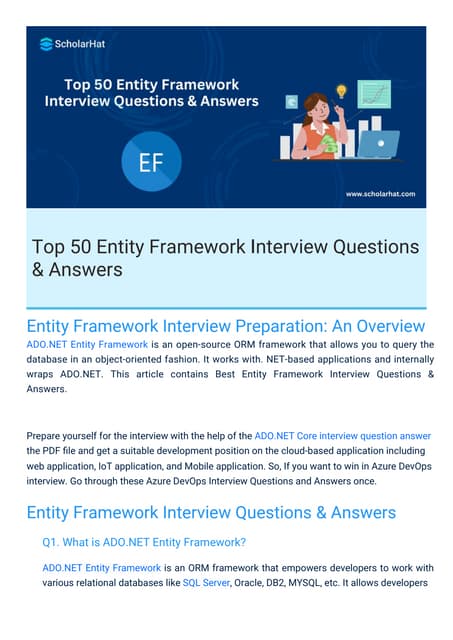Role of Advertisement in Recession
- 1. RECESSION
- 4. Role of Advertisement in Recession Rishi Aggarwal IIT ROPAR
- 5. RECESSION Recession is shrinking of the economy for two consecutive quarters (=6months) with a decrease in the GDP (=Gross Domestic Product) or ¡°significant decline in economic activity lasting more than a few months.¡± The Recession Cycle
- 6. In a Recession Consumers are Seeking 1. Offers that provide reassurance and confidence 2. Purchases that minimize risk 3. Familiar brands that reduce uncertainty 4. Purchases that offer extra value
- 7. ADVERTISEMENT The practice of bringing to the public's notice the good qualities of something in order to induce the public to buy or invest in it. Advertising is an easy, effective and quicker idea to attract consumers, introduce new schemes or awareness, eliminate barriers to the sale and to establish yourself as a brand.
- 8. Two Basic Advertising Principles In Good Times and Bad 1. Create desire for your product, ¨C or find people who already have the desire 2. Find out what people don?t like about doing business with you, and eliminate those reasons or barriers to the sale.
- 9. When times are good, you should advertise. When times are bad, you must advertise. Entrepreneur Magazine January, 2009
- 10. What Do These Brands Have In Common?
- 11. They all expanded their sales, profits and market share in a recession, and most went on to dominate their category. They maintained or increased their advertising and promotions while their competitors were cutting back! They focused on opportunity, not fear.
- 12. We¡¯ve had 22 recessions from 1902- 2009 Date Duration Sept. 1902-Aug. 1904 23 Recessions occur May 1907-June 1908 Jan. 1910-Jan. 1912 13 24 about every 5-6 Jan. 1913-Dec. 1914 Aug. 1918-March 1919 23 7 years, and last on Jan. 1920-July 1921 May 1923-July 1924 18 14 average 8-16 Oct. 1926-Nov. 1927 Aug. 1929-March 1933 13 43 months. May 1937-June 1938 13 Feb. 1945-Oct. 1945 8 Nov. 1948-Oct. 1949 11 July 1953-May 1954 10 Aug. 1957-April 1958 8 April 1960-Feb. 1961 10 Dec. 1969-Nov. 1970 11 Nov. 1973-March 1975 16 Jan. 1980-July 1980 6 July 1981-Nov. 1982 16 National Bureau of July 1990-March 1991 8 Economic Research March 2001-Nov. 2001 8
- 13. ¡°The greatest enemies of achievement are fear, doubt and vacillation.¡± ¨C John Patterson, founder of NCR
- 14. Recessions are Always Followed by Expansions and Prosperity National Bureau of Economic Research
- 15. Advertising in a down economy clearly creates a competitive advantage. The vast majority of executives agree that when they see a company advertising in a down economy: It makes them feel more positive about the company?s commitment to its products and services. More importantly, it also keeps those companies top-of-mind when purchase decisions are made
- 16. ? The Research Several researches are conducted to study the effect of advertisement on recession. The researches are conducted by:
- 17. Harvard Business Review ¡°Advertising as an Anti-Recession Tool¡± Jan-Feb 1980 ¡°Advertising should be regarded not as a drain on profits but as a contributor to profits¡as a means of achieving objectives. Ad budgets should be related to the company?s goals instead of last year?s sales.¡±
- 18. 1980 to 1985
- 19. 400 375 350 300 283 250 195 200 159 150 137 119 100 100 96 106 100 88 89 50 0 1980 1981 1882 1983 1984 1985 Eliminated or Decreased Advertising in both '81 & '82 Maintained or Increased Advertising in both '81 & '82 Sales Indices 1980-1985 (1980= baseline of 100). ?81 and ?82 were recession years
- 20. April 19, 2009 ¡°Firms that are able to increase advertising during recessions are likely to have stronger future earnings. The researchers studied data from five recessionary periods since 1971, sampling data from more than 3,000 firms listed on the public stock exchange.
- 21. The available research indicates that: It¡¯s the decisions made and actions taken during a recession that make the biggest difference in the future growth or decline of a ¡°Riding it out¡± may equate to driving it down. company.
- 22. 25% of companies see an opportunity to expand market share in a recession . 70% of these companies will maintain their growth for 5 years after the recession. The majority 25% in this category reach a new and sustained high. 75% 75% of companies will cut staff, advertising, customer service, R&D, product launches, and acquisitions. Following the recession less than 30% of those will ever regain the market share and profitability lost during the recession. The majority in this category reach a new and sustained low.
- 23. During the 1920s, Fords were outselling Chevrolets by 10 to 1. In spite of the Depression, Chevrolet continued to expand its advertising budget, and by 1931 Chevrolet took the lead. 1927 Models 1933 Ad
- 24. 2001 computer market down 12%, Dell up 11% 120 100 80 60 Industry Dell 40 20 0 2000 2001
- 25. THANK YOU






















































































